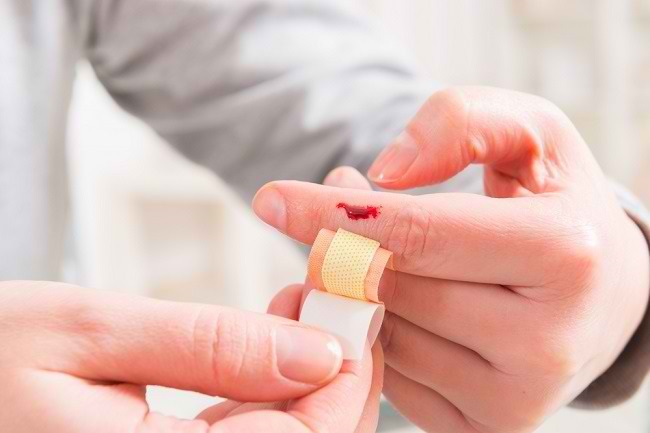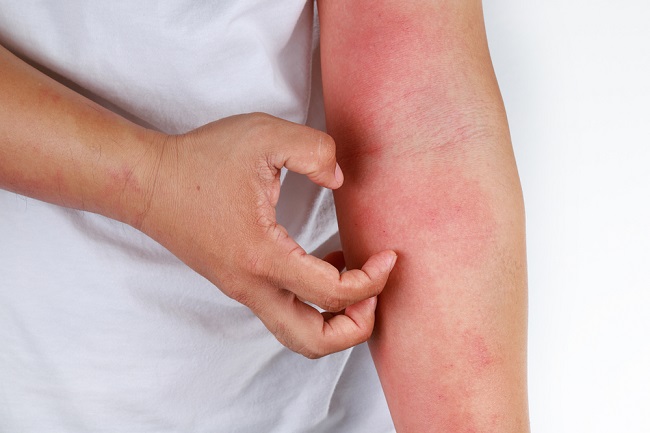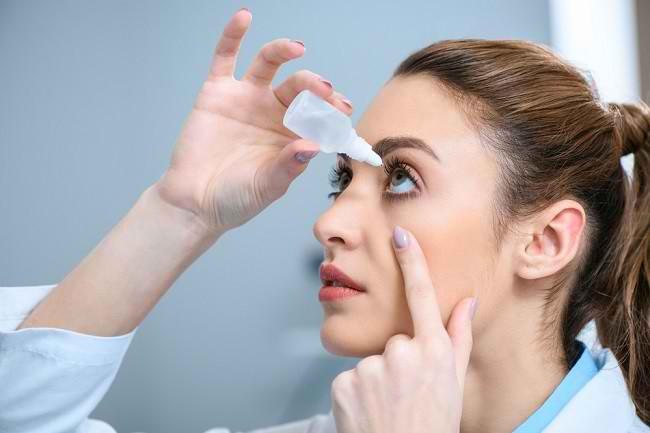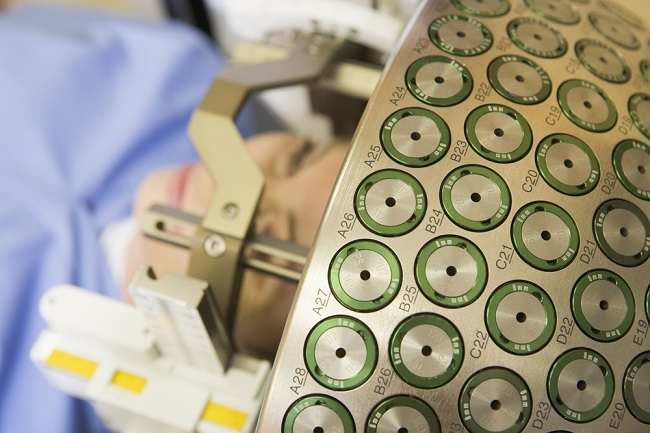Cefaclor is a drug used to treat bacterial infections. Cefaclor is a drug acephalosporin class of antibiotics. This drug is available in the form of syrup, capsules, and caplets.
Cefaclor works by stopping the growth of infection-causing bacteria in the body. Several types of diseases due to bacterial infections that can be treated with cefaclor are bladder infections, ear infections, skin infections, or respiratory infections. This medicine should only be purchased with a doctor's prescription.

Cefaclor trademark: Forifek, Forifek forte, Cloracef, and Capabiotic 500.
What is Cefaclor?
| group | Cephalosporin class of antibiotics |
| Category | Prescription drugs |
| Benefit | Treating bacterial infections |
| Consumed by | Adults and children |
| Cefaclor for pregnant and lactating women | Category B: Studies in animal studies have not shown any risk to the fetus, but there are no controlled studies in pregnant women. Cefaclor can be absorbed into breast milk. If you are breastfeeding, do not use this medicine without consulting your doctor first. |
| Shape | Syrup, capsules and caplets. |
Warnings Before Using Cefaclor:
- Tell your doctor if you are allergic to this drug or to any other cephalosporin class of antibiotics.
- Tell your doctor if you have kidney disease or a digestive disorder, such as colitis.
- Tell your doctor if you are taking any other medicines, including supplements and herbal products.
- Do not use this medicine when you want to get certain vaccinations, such as the BCG and typhoid vaccinations. Tell your doctor if you want to get vaccinated before using cefaclor.
- Immediately see a doctor if you experience an allergic reaction to the drug and overdose after taking cefaclor.
Dosage and Instructions for Use of Cefaclor
The following are a number of diseases caused by bacterial infections that can be treated with cefaclor:
- Ear infection.
- Pharyngitis.
- Tonsillitis.
- Respiratory tract infections, such as pneumonia.
- Urinary tract infection.
- Skin infection.
Dosage of cefaclor for dmature: 250-500 mg, 3 times a day every 8 hours.
Dosage of cefaclor for achildren: 20-40 mg/kg, 3 times a day every 8 hours.
How to Use Cefaclor correctly
Use cefaclor according to the doctor's instructions or the information listed on the medicine package.
Cefaclor is available in syrup, tablet, and capsule form. Cefaclor capsules and syrup can be taken before or after meals. While cefaclor tablets can be taken 1 hour after eating.
Do not stop taking cefaclor suddenly, without consulting your doctor first. Use this drug until it runs out even though the symptoms you feel have improved.
Cefaclor Interactions with Other Drugs
Cefaclor has the potential to cause interactions with a number of drugs when used together. Here are some interactions that can occur:
- Decreases the effectiveness of the BCG vaccine and typhoid vaccine.
- Increased risk of side effects when used with probenecid, warfarin, estradiol.
- Increases the risk of damage to the kidneys, if used with aminoglycoside antibiotics.
Side Effects and Dangers of Cefaclor
Some of the side effects that can appear after taking cefaclor are:
- Diarrhea
- Nausea and vomiting
- Stomach ache
- Headache
- Itchy rash
Cefaclor can also cause more serious side effects, such as:
- Bloody stool
- stomach cramps
- Fever
- Yellow skin and eyes
- Joint pain and body feels weak
- Dark urine
- Faint
Immediately see a doctor if these symptoms appear, or if you experience an allergic drug reaction, such as a skin rash, swelling of the lips and eyelids, or shortness of breath.









